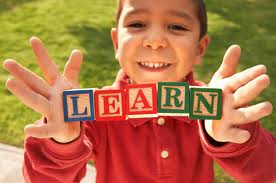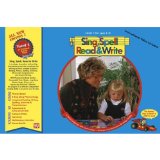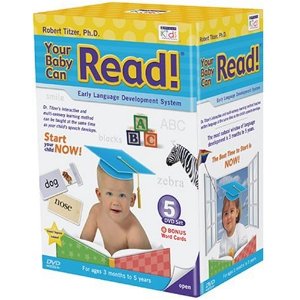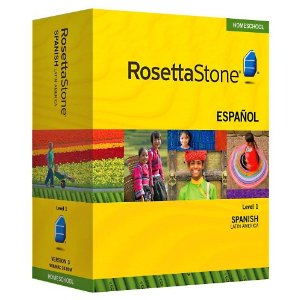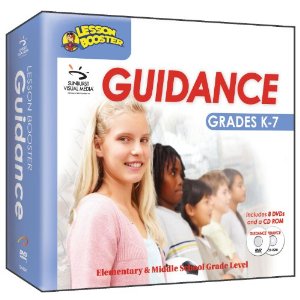The term “unschooling” was coined in the 1970s and used by educator John Holt who wrote popular book How Children Learn (Classics in Child Development), widely regarded as the “father” of unschooling. While often considered to be a subset of homeschooling, unschoolers may be as philosophically estranged from homeschoolers as they are from advocates of conventional schooling. While homeschooling has been subject to widespread public debate, little media attention has been given to unschooling in particular. Popular critics of unschooling tend to view it as an extreme educational philosophy, with concerns that unschooled children will lack the social skills, structure, and motivation of their peers, especially in the job market, while proponents of unschooling say exactly the opposite is true: self-directed education in a natural environment makes a child more equipped to handle the “real world
Check out resources:
The Unschooling Handbook : How to Use the Whole World As Your Child’s Classroom
Unschooling is the most fluid style of homeschooling. There is no
curriculum and no set boundaries. Many parents feel a bit
apprehensive about such freedom. But, even unschooling has certain
guidelines that make it a great method of homeschooling.
Firstly, allow your child to express interests. Let her select the
topic. If she wants to learn about flowers, tell her about the
various flowers, their functions, parts of the flower, rare flowers
etc. But don’t go overboard. Allow her the freedom to stop when
she has had enough. This process of learning may take a month or a
day. It is up to the child to decide how much she wants to learn.
Expand your child’s areas of interests using videos, books, magazines,
puzzles and games. Go to a museum or take her to a library.
Simultaneously, broaden your own interests. The more you know, the
more the child gets to learn.
Notice all opportunities for learning. When in the kitchen, point out
the vitamins in fruits and vegetables. What makes tomatoes red, and
why are leafy vegetables good? If you don’t know the answers, don’t
worry. Look it up. Lastly, don’t worry if the going seems slow. This
is just the way kids learn. Give them time and lots of encouragement.

